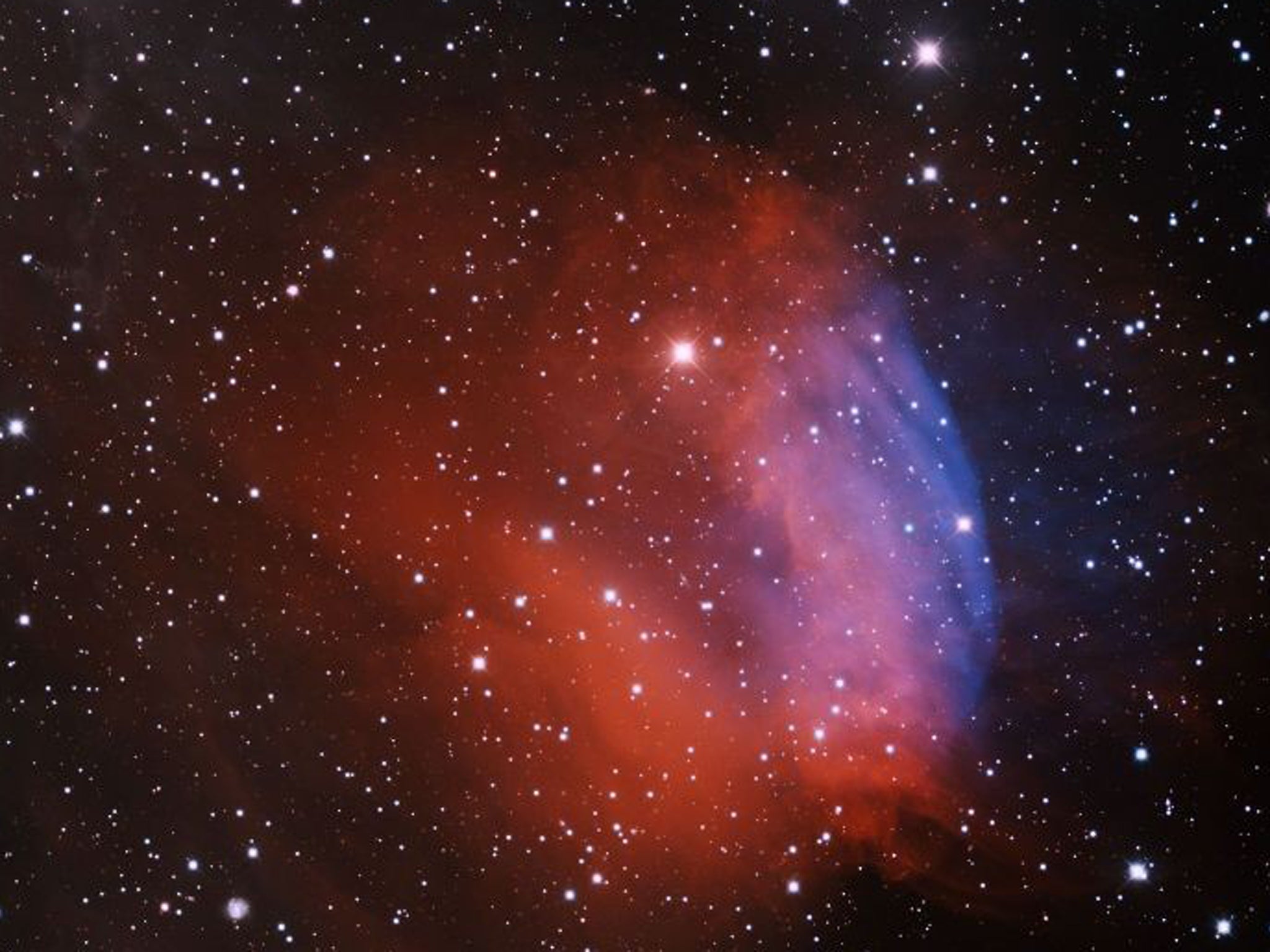Roses are red, one star is blue - even astronomers' romance shines on through

Your support helps us to tell the story
From reproductive rights to climate change to Big Tech, The Independent is on the ground when the story is developing. Whether it's investigating the financials of Elon Musk's pro-Trump PAC or producing our latest documentary, 'The A Word', which shines a light on the American women fighting for reproductive rights, we know how important it is to parse out the facts from the messaging.
At such a critical moment in US history, we need reporters on the ground. Your donation allows us to keep sending journalists to speak to both sides of the story.
The Independent is trusted by Americans across the entire political spectrum. And unlike many other quality news outlets, we choose not to lock Americans out of our reporting and analysis with paywalls. We believe quality journalism should be available to everyone, paid for by those who can afford it.
Your support makes all the difference.It seems that even astronomers have a romantic side.
The planetary nebula Sh2-174 gives the appearance of a red rose - or maybe a tulip - but is actually the remains of a dying star some 1,000 light years away.
Astronomers released the image on the eve of Valentine's Day.
A planetary nebula is created when a low-mass star blows off its outer layers at the end of its life.
The core of the star remains and becomes an immensely dense white dwarf.
Usually the white dwarf is found right at the heart of the nebula, but in the case of Sh2-174 it is shifted to one side. In the image, it is the blue star near the right hand edge of the nebula, where the gas turns from red to blue.
The image was taken using the Mayall four-metre telescope at Kitt Peak National Observatory in Arizona, US.
Observations were made through four different colour filters.
PA
Join our commenting forum
Join thought-provoking conversations, follow other Independent readers and see their replies
Comments